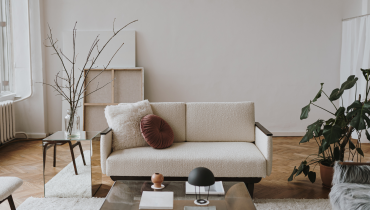The different colors and their moods
When it comes to furnishing your home, the color you choose for your furniture can have a big impact on the overall look and feel of the space. While there are no hard and fast rules when it comes to choosing furniture colors, there are some general guidelines that can help you narrow down your options.
Think about the mood you want to create in your space. Do you want a room that feels calm and serene? Or do you prefer something a little more energetic? The colors you choose for your furniture can help set the tone for the entire room.
If you’re not sure where to start, consider using a neutral color palette as the base for your furniture selections. From there, you can add pops of color with accent pieces or artwork. Not only will this give you more flexibility when it comes to future decorating choices, but it can also help make your space feel more cohesive.
Here are some general guidelines to keep in mind when choosing furniture colors:
-Neutral tones like white, cream, and grey can create a calming effect in a space.
-Bold and bright colors can add energy and vibrancy to a room.
-Darker shades can make a room feel more intimate and cozy.
-Using different shades of the same color throughout your space can help create a sense of continuity.
What colors go well together
Choosing colors for your furniture can be a daunting task. There are so many options and you want to make sure you create a cohesive look. A great way to start is by looking at what colors go well together.
There are a few different ways you can approach this. You can either choose complementary colors, which are the opposite color on the color wheel, or you can choose analogous colors, which are next to each other on the color wheel.
Complementary colors are high contrast and can be very striking. They can also be difficult to work with because if not done right, they can look jarring. Analogous colors are more low-key and easier to work with but can sometimes lack the wow factor of complementary colors.
Once you’ve decided which type of color scheme you want to use, you need to pick your actual colors. For complementary colors, you’ll want to choose two colors that have good contrast. For example, black and white or red and green. For analogous colors, you’ll want to choose three colors that are next to each other on the color wheel, such as green, purple and blue.
How to mix and match colors
Different colors can create different moods in your home. You can use color to make a small room appear larger or a large room more cozy. When choosing colors for your furniture, you’ll want to consider both the existing colors in the room and the style of furniture you’re choosing.
If you’re unsure of which colors go well together, there are a few general rules you can follow. For example, light colors tend to make a space feel bigger and airier, while dark colors can make a space feel more intimate and cozy.
Experiment with different color combinations until you find something that you love!







